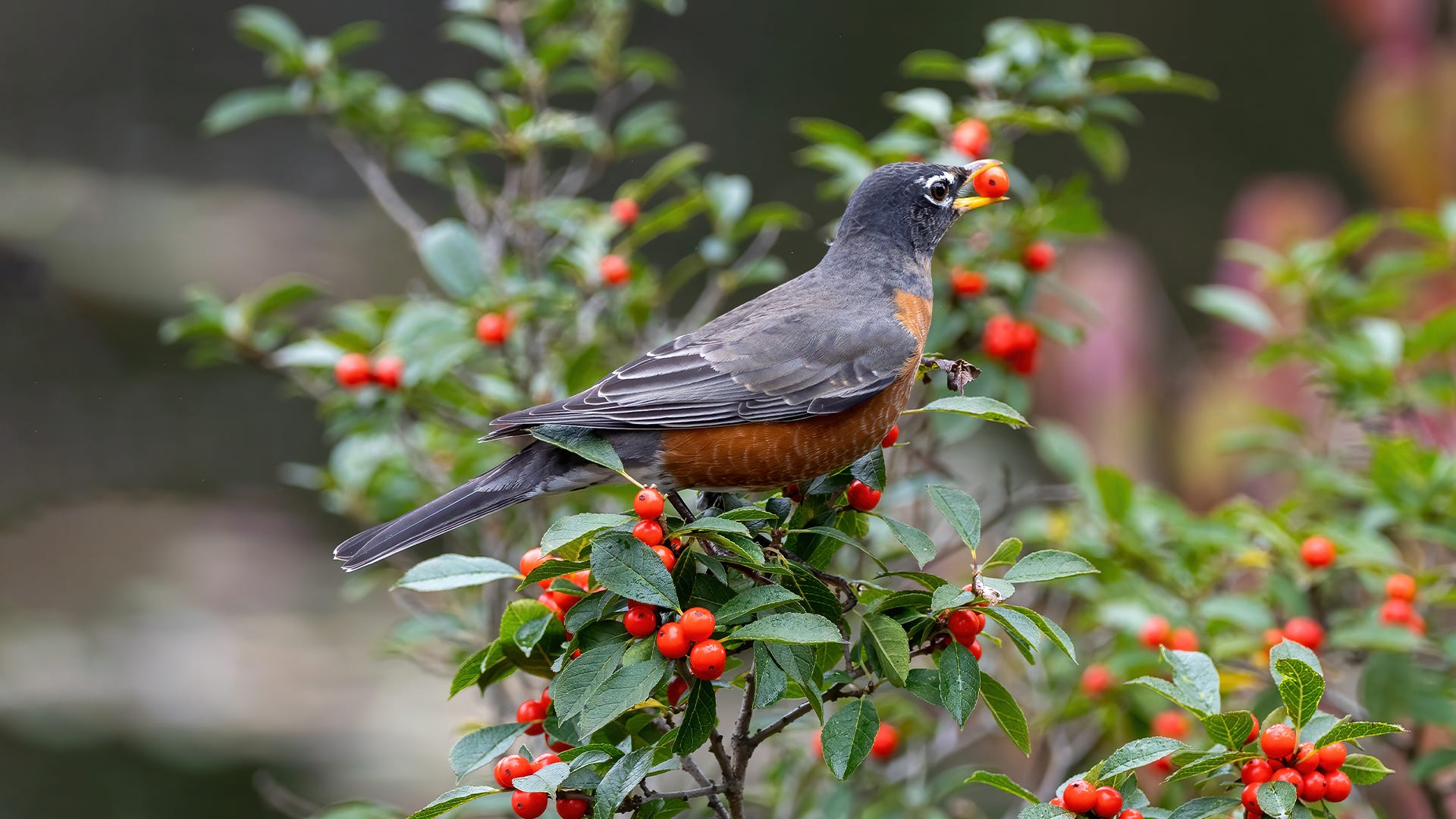
Depending on where you live, winter can feel like the longest season of the year. And the array of winter elements—wind, ice, and snow—can take a toll on backyard bird feeders. During the winter months when seed feeders are vital to the survival of birds, maintaining your bird feeders is an important aspect of feeding backyard birds.
Four Simple Tips to Maintain Feeders in Winter
Properly maintaining your bird feeders ensures that they are accessible to non-migratory birds during the winter months. It’s also a good way to make sure your feeders can accommodate birds looking for a migratory stopover site. These four simple tips can help you maintain your bird feeders during the cold, harsh winter days—ensuring that come spring your feeders will be busy, social spots for birds.
1. Clear Ice and Snow
Whether after a day of snow or a several days long snowstorm, it’s crucial to clear your bird feeders of snow and ice. Just as you clear off the snow and ice to get access to your vehicle, clearing off the snow and ice will help birds get to seeds. This isn’t limited to the tops and seed trays of feeders. Make sure that the openings are clear, allowing seeds to flow freely. Remove any frozen or wet seeds stuck in the base of the feeder. Prolonged moisture can cause seeds to become moldy, leading to funguses and bacterial infections for birds. Whether it is snowing or not, make sure feeders remain dry to prevent birds from getting sick.
2. Replenish Feeders Frequently
Long winter nights have most birds expending more energy to produce the body heat needed to stay warm. As birds puff up their feathers to create air pockets to help keep them warm, all this work results in a high metabolic rate. To sustain that high metabolic rate, birds need energy rich foods. In the warmer months, birds can rely on energy from insects. In winter, they rely on seeds from feeders and suet feeders. With non-migratory birds looking for food sources, backyard feeders are often depleted faster during winter months. Additionally, due to shorter days, birds have less time to look for food. Keeping your feeders full will help ready birds for the spring mating season, with chances of hatching healthier chicks.
3. Replace Broken or Damaged Bird Feeders
Just as harsh winds and biting cold can cause damage to items left outside in your yard during winter, some bird feeders can become damaged or break from extreme cold and powerful wind. This will depend on what material(s) your bird feeders are made from. Glass feeders will weather the elements without much damage, except if they fall to the ground. In this case, it’s vital to remove the broken feeder and any pieces of glass from the area. The constant barrage of snow and ice can cause wooden feeders to split or crack. If repairing the wood feeder isn’t an option, you should replace it for the safety of the birds. Any broken or damaged feeders that could potentially harm feeding birds should be addressed.
4. Clear an Area for Ground Feeders
Many species of birds are ground feeders, so don’t forget to address the ground below your feeders. After several days of falling snow, it’s important to clear the snow from the ground below your feeders to offer birds a clear area to eat. You can shovel these areas or simply stamp these snowy areas with a shovel or your feet. Once clear, ground-feeders like doves, juncos, sparrows, cardinals, and grosbeaks will be able to feast on the fallen seeds. You might also want to throw some extra seeds in this area to be sure ground-feeders are getting enough nutrition during these snowy days. To save yourself a little work, consider keeping this area snow free by placing a shelter such as a bench or small table there. The ground will remain relatively snow free, but you will have to gauge whether seeds are accessible for ground-feeding birds.
During the cold and snowy winter months, you can still enjoy feeding birds that visit your backyard feeders. With these simple tips, you can maintain your bird feeders during the harshest winter months, helping birds survive the cold and get ready for spring.







